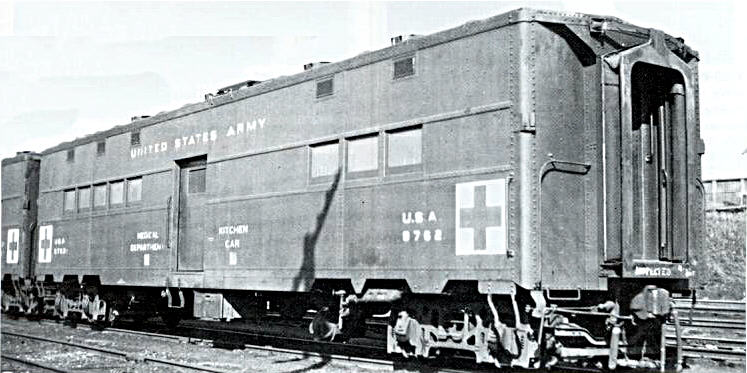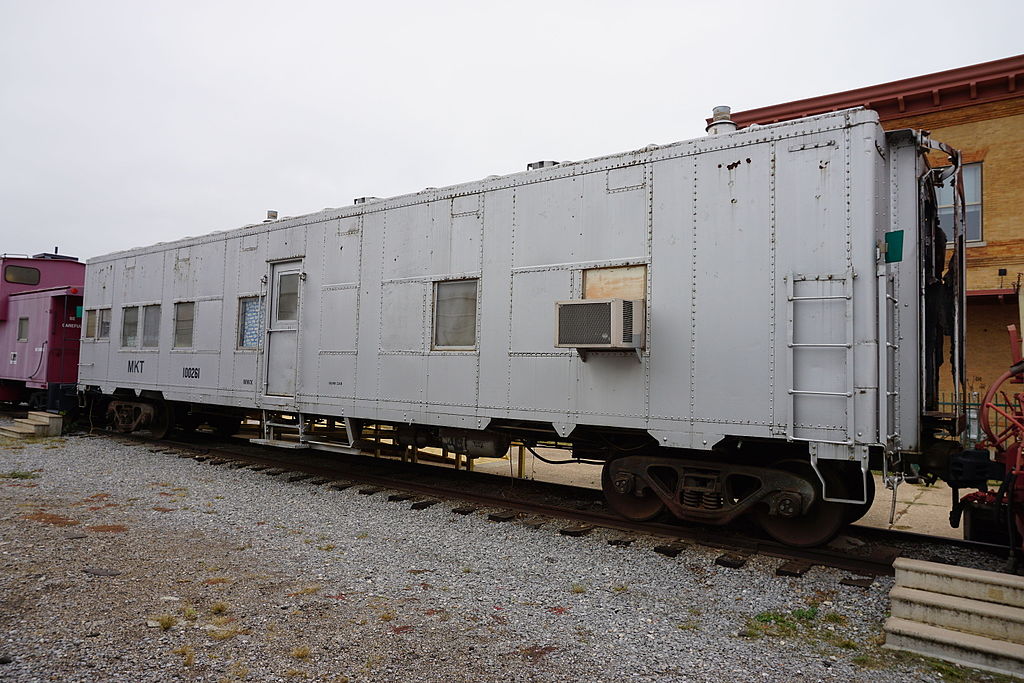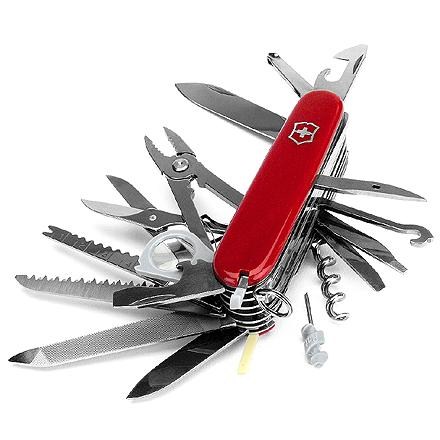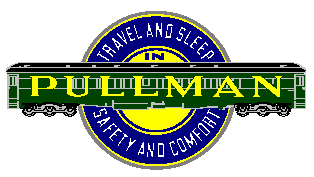Passenger Car, Troop Transport
| Name | Passenger Car, Troop Transport |
| Region | North America |
| Category | Rail |
| Type | Passenger Car |
| SubType | Troop Transport |
| Variety | 50 Foot |
| Manufacturer | Pullman (Details) |
| Era | NA Era III: Transition (1939 - 1957) |
History:
During World War II, the U.S. government relied on America’s extensive railway system to move the millions of enlisted personnel (close to 44 million armed services personnel traveled via U.S. railroads from December 1942 to June 1945) across the country to and from various bases and assignments. This form of transportation was the most practical given the gasoline rationing, the lack of an interstate highway system and only a few readily available passenger air crafts.
Although pragmatic, this mode of transportation did not come without its challenges. In December 1941, when the U.S. entered the war after Japan’s attack on Pearl Harbor, the number of existing standard railway passenger cars was not nearly enough to haul the huge numbers of personnel and materials needed to support the war effort. As a result, the U.S. Office of Defense Transportation (created to ensure that all national transportation priorities were fulfilled), requisitioned the Pullman-Standard Car Manufacturing Company and the American Car & Foundry to build hybrid troop cars.
The Pullman-Standard Car Manufacturing Company produced 2,400 troop sleepers (a mobile barracks) and 10 kitchen cars, while American Car & Foundry built 440 kitchen cars and 200 hospital cars. These trains were vital to the country’s war effort. For instance, in 1944, considered the peak war year, 97% of military passengers traveled by rail.
In effort to create as many troop cars as quickly and efficiently as possible, these rolling stock were manufactured based on standard Association of American Railroads 50’ 6” single–sheathed steel boxcars. Made entirely of steel, with heavily reinforced ends, troop cars utilized existing design elements, fixtures, manufacturing lines, materials and production equipment. They featured the following: Allied Full Cushion high-speed swing motion trucks, light-weight passenger car-like flat ends and doors, freight car-like floors, roofs, and sides, a row of windows, and a centered door along each body side.
Troop sleeper cars were painted olive drab with "Pullman" lettered in gold above the center door. Although owned by the government, troop sleepers were managed by Pullman and staffed with company-employed Pullman Porters. Each sleeper could accommodate 29 military personnel (with bunk beds stacked 3-high) and a Pullman porter.
Although pragmatic, this mode of transportation did not come without its challenges. In December 1941, when the U.S. entered the war after Japan’s attack on Pearl Harbor, the number of existing standard railway passenger cars was not nearly enough to haul the huge numbers of personnel and materials needed to support the war effort. As a result, the U.S. Office of Defense Transportation (created to ensure that all national transportation priorities were fulfilled), requisitioned the Pullman-Standard Car Manufacturing Company and the American Car & Foundry to build hybrid troop cars.
The Pullman-Standard Car Manufacturing Company produced 2,400 troop sleepers (a mobile barracks) and 10 kitchen cars, while American Car & Foundry built 440 kitchen cars and 200 hospital cars. These trains were vital to the country’s war effort. For instance, in 1944, considered the peak war year, 97% of military passengers traveled by rail.
In effort to create as many troop cars as quickly and efficiently as possible, these rolling stock were manufactured based on standard Association of American Railroads 50’ 6” single–sheathed steel boxcars. Made entirely of steel, with heavily reinforced ends, troop cars utilized existing design elements, fixtures, manufacturing lines, materials and production equipment. They featured the following: Allied Full Cushion high-speed swing motion trucks, light-weight passenger car-like flat ends and doors, freight car-like floors, roofs, and sides, a row of windows, and a centered door along each body side.
Troop sleeper cars were painted olive drab with "Pullman" lettered in gold above the center door. Although owned by the government, troop sleepers were managed by Pullman and staffed with company-employed Pullman Porters. Each sleeper could accommodate 29 military personnel (with bunk beds stacked 3-high) and a Pullman porter.
Railroad/Company:
The Pullman Car Company, founded by George Pullman, manufactured railroad cars in the mid-to-late 19th century through the early decades of the 20th century, during the boom of railroads in the United States. Its workers initially lived in a planned worker community (or "company town") named Pullman, Chicago. Pullman developed the sleeping car, which carried his name into the 1980s. Pullman did not just manufacture the cars: he also operated them on most of the railroads in the United States, paying railroad companies to couple the cars to trains. The labor union associated with the company, the Brotherhood of Sleeping Car Porters, which was founded and organized by A. Philip Randolph, was one of the most powerful African-American political entities of the 20th century. The company also built thousands of streetcars and trolley buses for use in cities.
Item Links:
We found: 1 different collections associated with
Rail - Passenger Car - 50 Foot
- Collection N Scale Model Trains: 70 different items
Item created by: gdm
on 2018-04-11 09:11:38
If you see errors or missing data in this entry, please feel free to log in and edit it. Anyone with a Gmail account can log in instantly.
If you see errors or missing data in this entry, please feel free to log in and edit it. Anyone with a Gmail account can log in instantly.









